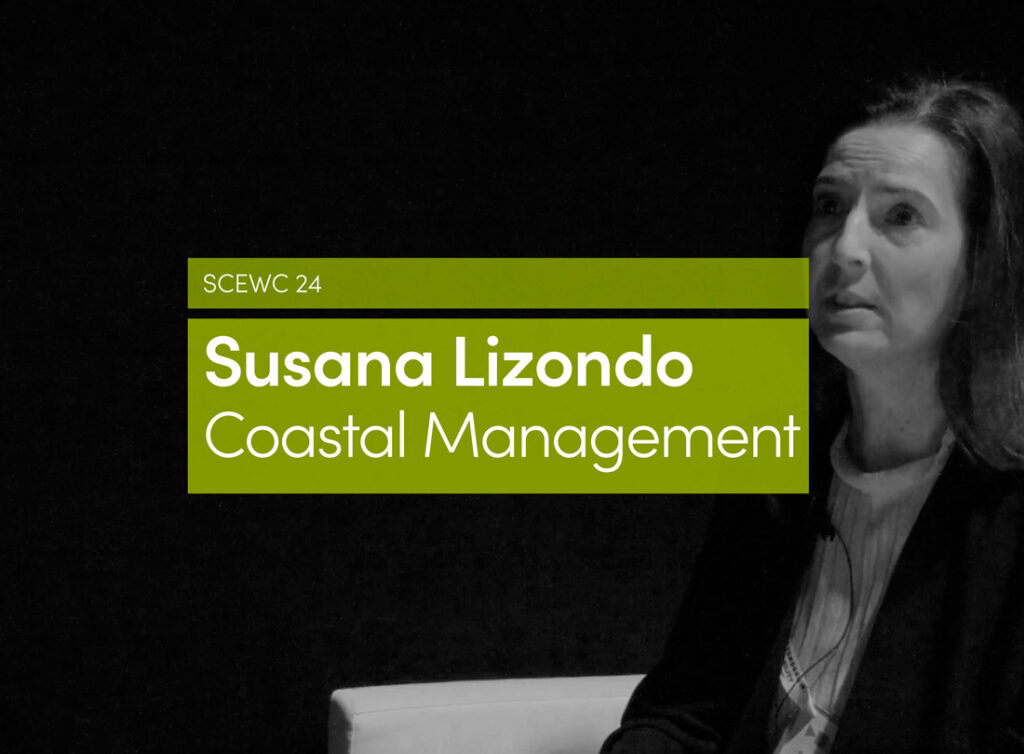Following this year’s theme “How We Will Live Together?”, Studio Other Spaces, in collaboration with six co-designers, invites all Biennale Architettura 2021 participants to choose a stakeholder from their local context that must be represented in Future Assembly, the exhibition within the 17th International Architecture Exhibition.
When the United Nations was founded in 1945, the Multilateral Assembly paradigm was meant to respond to political, social, economic and humanitarian crises. Its constitution, therefore, is based on human-centered principles. Today, the future of the UN will depend on an equally radical response to the urgent planetary crises that we are facing. This future, BAAG believes, must be more inclusive, extending to all the inhabitants of our planet and beyond: it must be something more than human. The Future Assembly that BAAG envisions is therefore made up not only of humans, but also animals, plants, footprints, the ephemeral voices of multiple species, air, water, trees, and soil. What does the way all these non-human beings share a common future look like? BAAG chose to represent the Río de la Plata Estuary, a mediator between the Atlantic Ocean and the South American continent, as its stakeholder. A negotiator of fluvial courses and ocean currents. A body of water with a flat geographical condition, analogous to a plain, similar to a desert, an idea of fluid and liquid Pampa. The Estuary has determined ways of life for everyone who has inhabited these lands. It is the first approach to infinity. It represents the most important public space in our coastal cities. It is also a vacation spot. People generate leisure around it. But at the same time, the Río de la Plata Estuary is a natural resource that has been the victim of human abuses, where waste has been discarded. The bodies of people who were victims of crimes against humanity have been dumped here. It has a particular meaning as a symbol in regional culture and collective consciousness. The Estuary of the Rio de la Plata is represented in the Future Assembly by a letter and a video. The estuary’s particular geographical conditions, its coasts, its baths, its swamps are represented, and its problems and the abuses to which it is subject are portrayed. In this way, BAAG continues its search for new spatial agreements

















